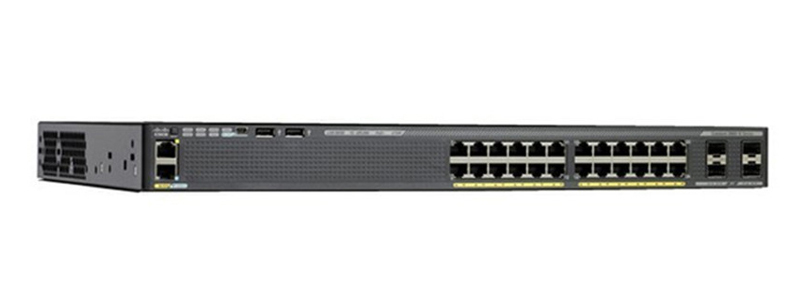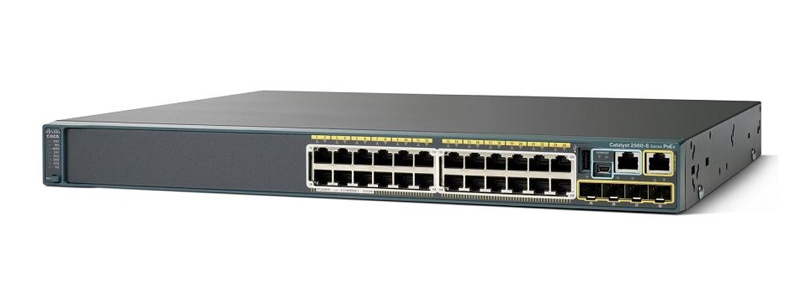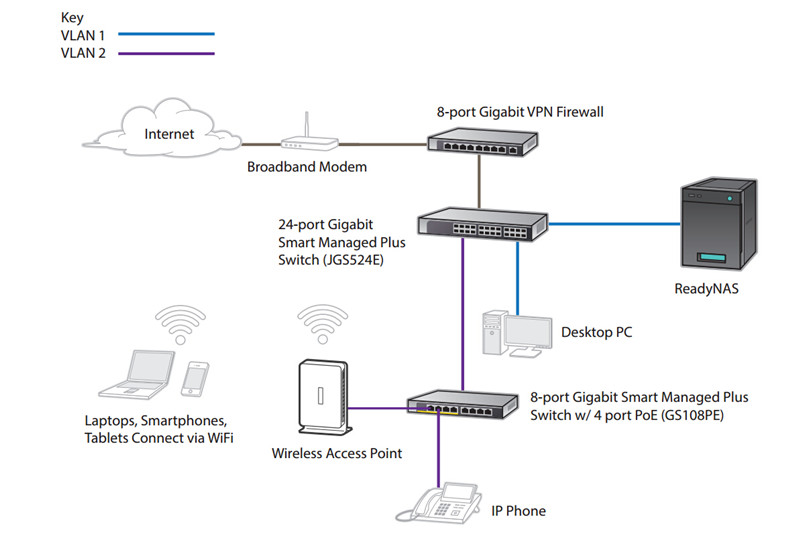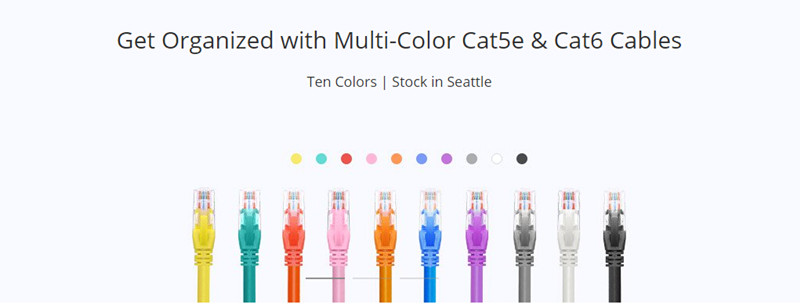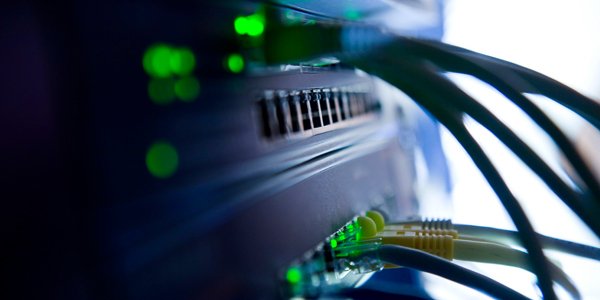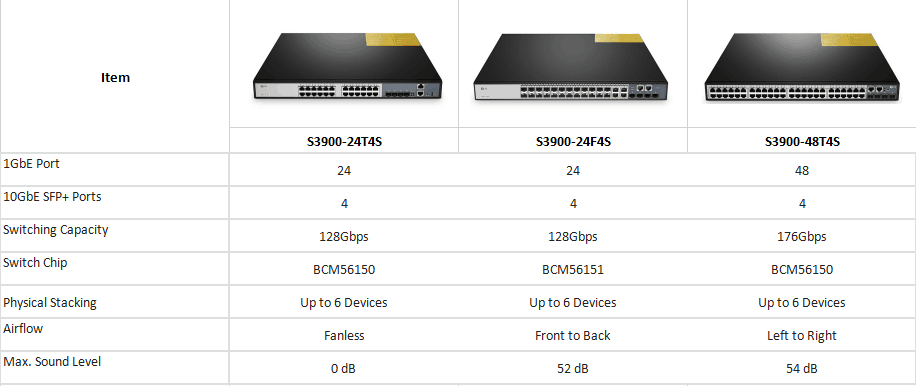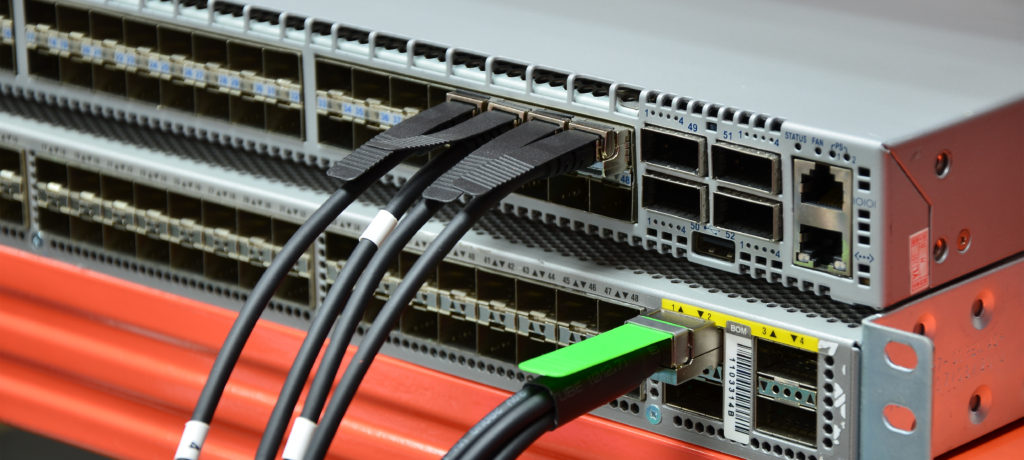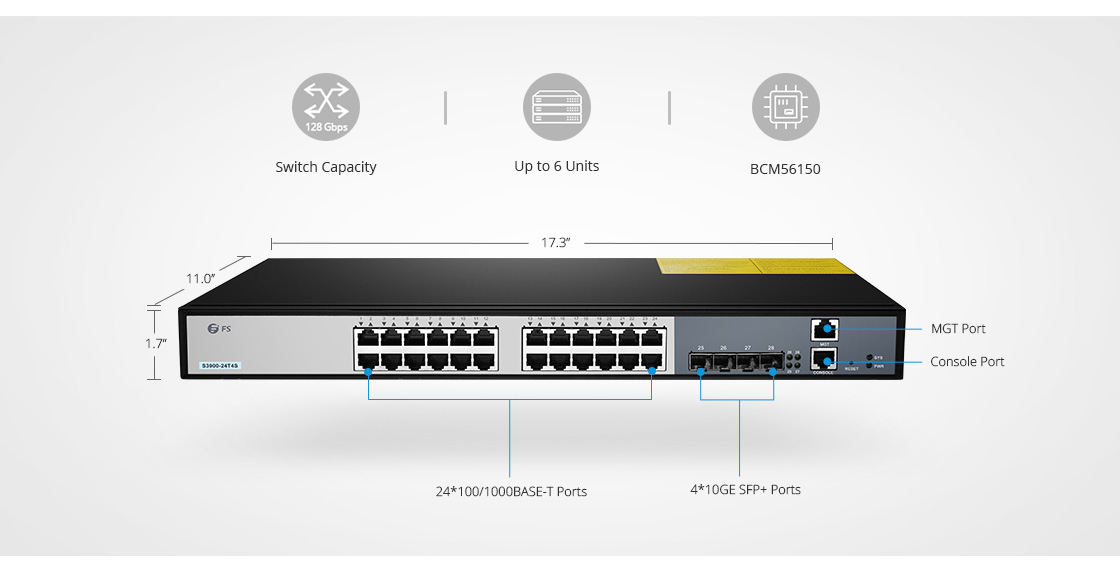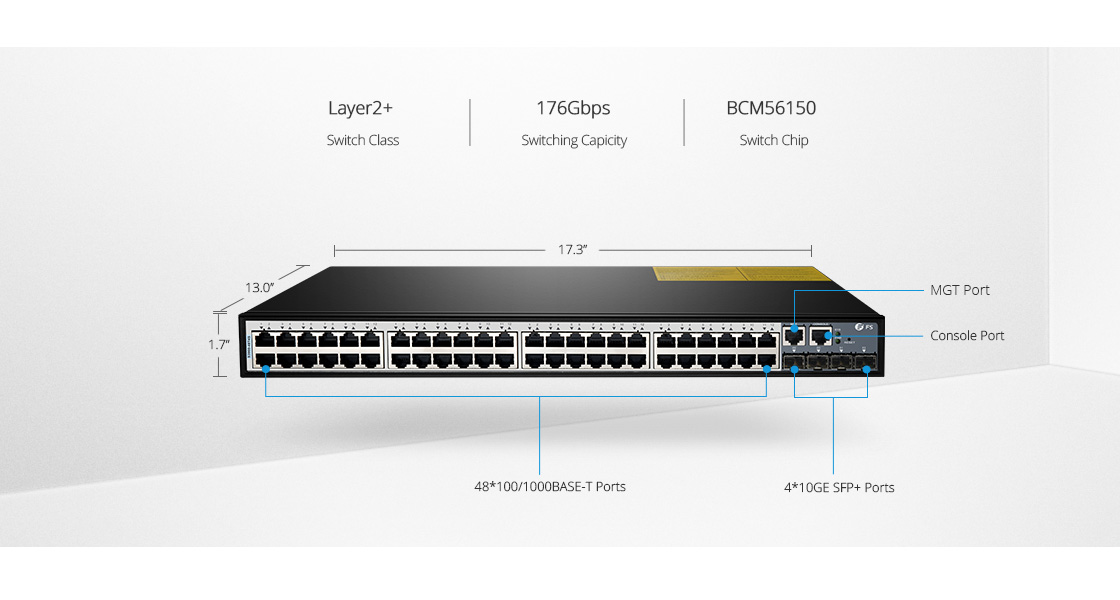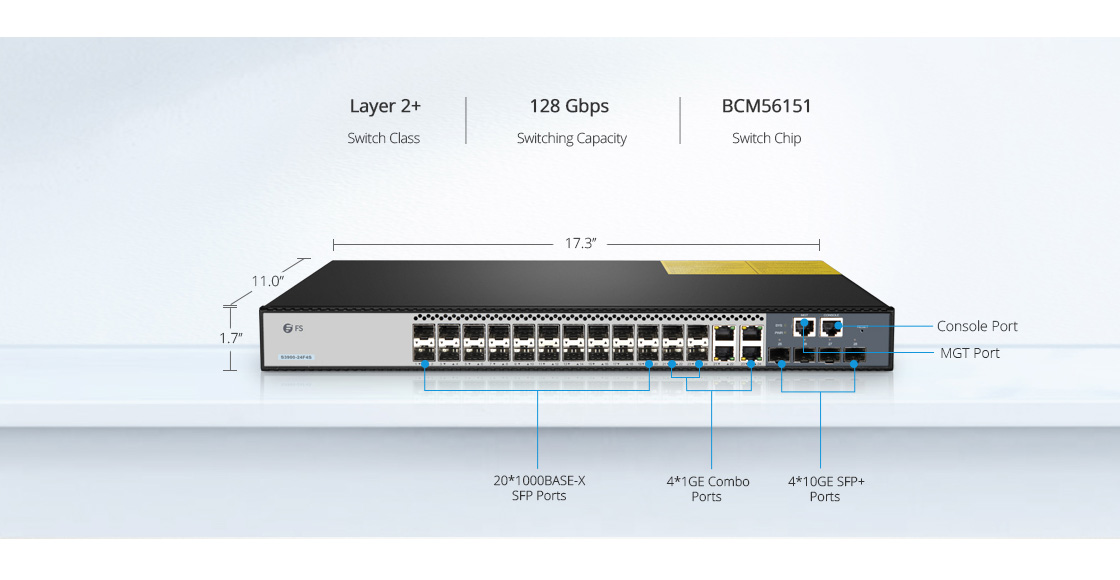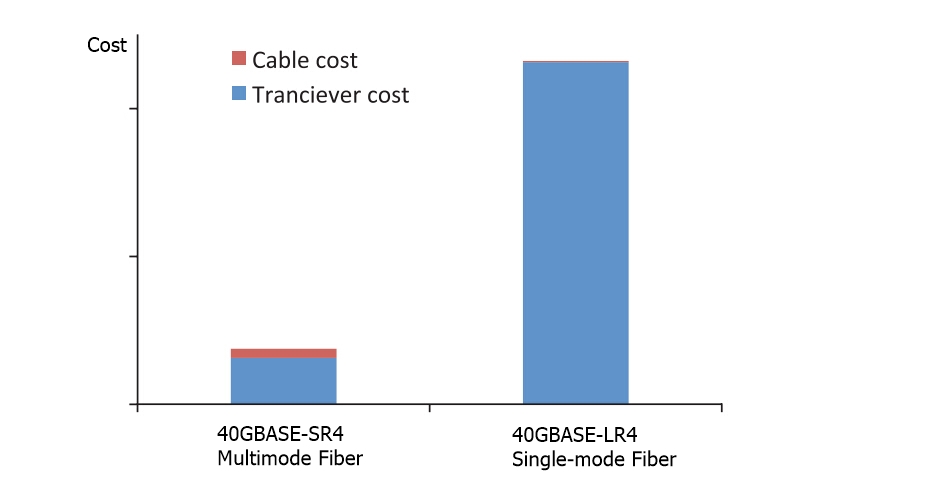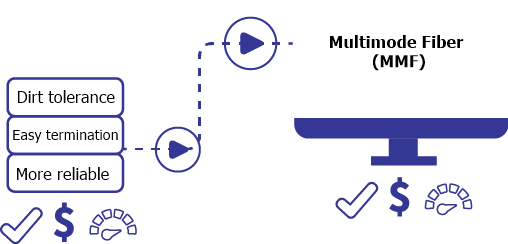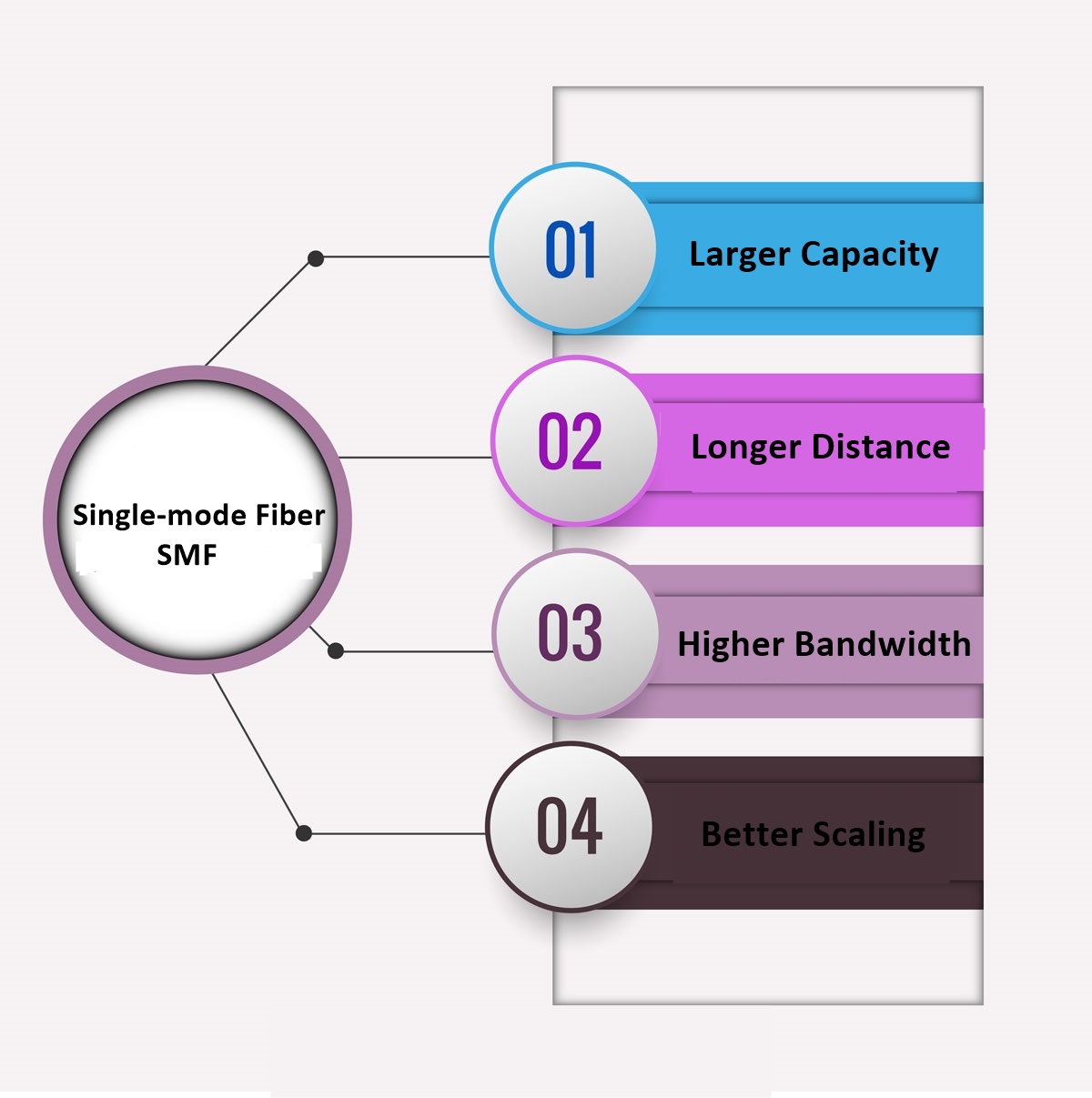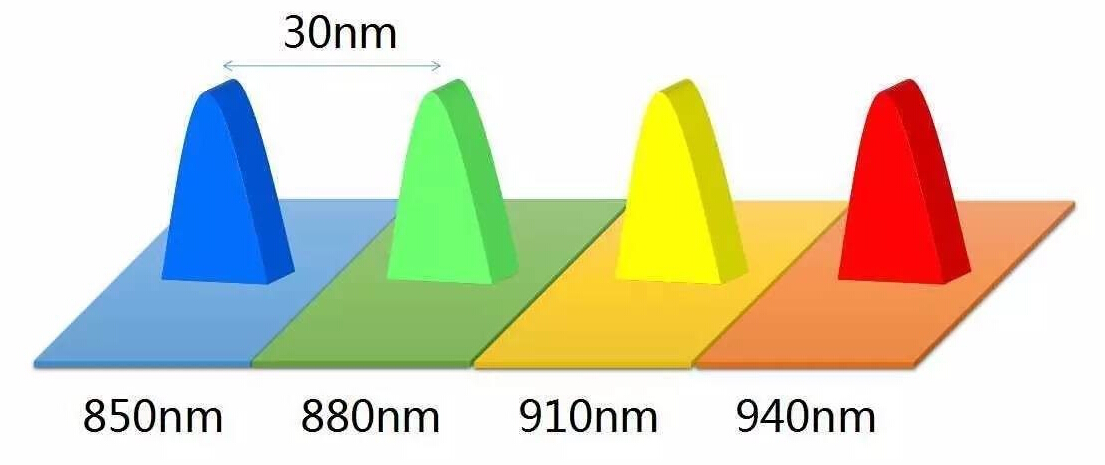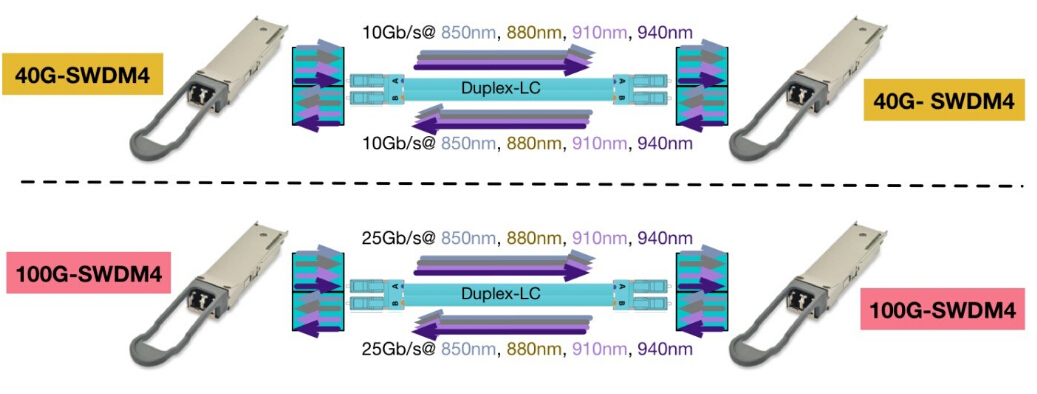Data centers generally accommodates hundreds or even thousands of network switches, it happens when you have to connect switches from different vendors (i.e. switch X from Cisco and switch Y from HP). As the switches only fit their own brand-based fiber optic transceiver, the main issues thus falls into this: is it possible to contact two different vendor’s fiber optic transceiver module and form a viable link? The answer is yes – but you still have to take some critical aspects into account.
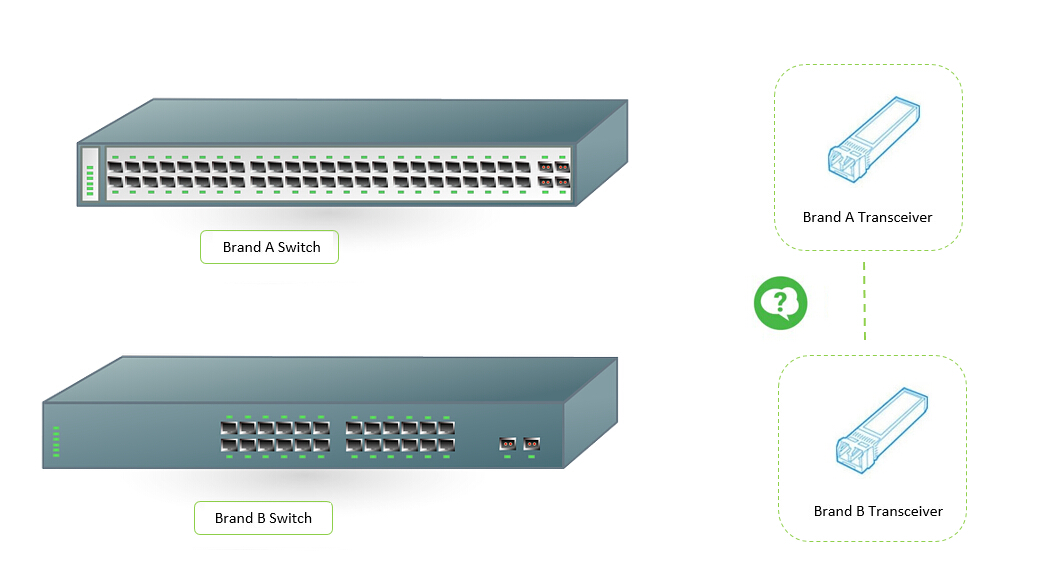
Sometimes people have to mix switches and fiber optic transceivers, mainly because the following reasons:
- They already have brand X and they need more switches and they shop on price. Hence different brands
- They need to replace switches but do not have money for all and they buy brand X and plan on going to brand X completely but it takes time to get there.
There exist quite a lot standards and protocols concerning fiber optic transceiver. Although many installers are very familiar with linking different vendor’s switch, the others are still worried that the incompatibilities of two transceivers may impede the link performance. They may come across the questions like “Can I order a 1000BASE-LX transceiver from any source and it will be compatible with all others 1000BASE-LX?” or “Would a link with a Juniper 1000Base-LX and a Cisco 1000BASE-LX transceiver work?”

Ideally it should work. 1000BASE-LX is a standard the same way 1000BASE-T is, except that it uses fiber as the transmission medium. You’ve already known that any copper interfaces with 1000BASE-T is interoperable since they are defined by the same 1000BASE-T standards. So you can expect the same with fiber 1000BASE-LX interfaces – which are all defined by 1000BASE-LX. While this is true on the fiber side of the system, and should be true on the thing with the fiber optic transceiver socket. In fact, you can rest assure as SFP is multi-vendor standard that specified by a multi-source agreement (MSA). And it is a popular industry format jointly developed by many network component vendors.
Connecting SFP optical transceivers from two different vendors still have some other restriction, since SFP transceivers differs from one another in protocol, interface type and transmission distance.
Ethernet Protocol: You have to pay attention that you use fiber optical transceiver of the same protocol at each end, for example: both sides with SX, LX or whatever is currently in use. Otherwise, you have to undertake the risk of link failure.
Cable Type: The fiber optic transceivers on each end must use the same fiber type. An SFP made for multimode fiber isn’t going to work well, if it does at all, with single-mode fiber. Same applies with other multimode fiber types: although mixing various 50 um fibers (OM2 and OM4) may work OK depending on data rate and distance. As long as each end is the same fiber type, you can mix vendors and even connector types, such as SC on one end and LC on the other end.
Wavelength: It is vital the wavelength of the fiber optic transceivers (850nm, 1310nm) matches on each end, as a 1310nm transceiver will NOT talk to a 850 nm transceiver. MMF has a lot of loss, and the wrong wavelength may cause loss and degradation on the longer runs. As for SMF, you need to be even more careful about wavelengths though, especially for long distance. So, if you are on the working range, all the fiber optic transceiver will work normally.

It is hence safe to say that when connecting two fiber optic transceivers from different fiber optic transceiver manufacturers, you can expect your fiber patch cable to lead a consistent link as long as you use modules of the same Ethernet protocol, cable type and working wavelength. FS provides fully compatible optical transceivers with affordable price and decent performance. For more information, please visit www.fs.com.
Related Article:

